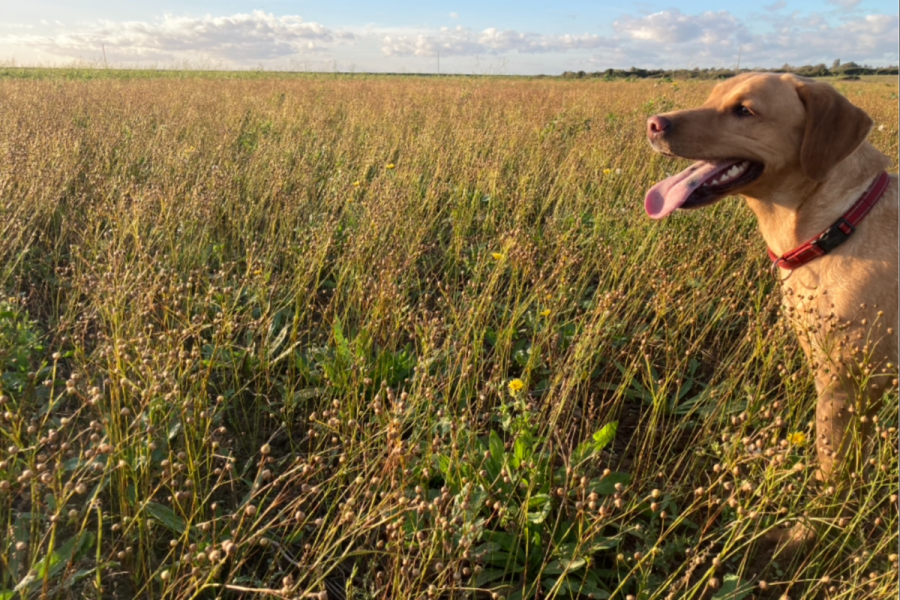By Guy Smith
One throw away personal insult I’ve heard batted around the farming scene goes along the lines of ‘if he just stayed in bed all day then he’d be a millionaire.’ The intended slight being that the more active the said hapless farmer then the more money that was lost. God forbid anyone should ever make such a derogatory observation about me but the cruel fact is given the increasingly challenging weather of autumn 2023 and given the current prices of most combinable crops then the chilling fact is that if I had spent more of my days lying in bed filling in SFI forms then it would undoubtedly be a more lucrative use of my time.
Trying to keep things in context, it should be remembered that the much feared ‘wet back-end’ is nothing new to U.K. arable farmers. I remember my dad could be as anxious about wet weather in the autumn as he was during harvest. I should add I was never entirely convinced by the bar-room tales he and his drinking buddies told of combining on Christmas Day in the 1950s. Either way, it does seem that rained off drilling programmes are becoming the norm where in the past they were the exception. Whether this is climate change writ large I’m not sure. I do recollect some climate change modelling in the past suggesting that a warmer climate in north west Europe would improve crop yields rather than giving us endless muddy seed-beds making field work impossible. Either way I’m starting to work on the basis arable farming seems to becoming an increasingly catchier affair meaning best laid cropping plans will frequently have to be abandoned.
The bitter conundrum here is the fact that given that the climate seems to be becoming less conducive to growing half-decent crops and given the world population continues to grow you might reasonably expect the global price for things like wheat to be ever skyward in a permanent bull run. But alas there is no such golden lining to sweeten the bitter pill that is this autumn’s vinegary weather.
So with a third of this seasons planned winter wheat unsown I’m cultivating a renewed enthusiasm for spring cropping even if the last two droughty springs have turned any prospects to dust. I’ve developed a new theory based on uncorroborated, fanciful evidence that the worse the weather in the preceding autumn then the better the following spring. So here’s to 2024, what could possibly go wrong?
Away from the weather beaten winter wheat, I’ve been taking some solace walking the dog in our AB15 Countryside Stewardship. Having sown a standard AB15 mix in mid May, high pressure duly descended on north-east Essex leaving our endeavours lying in dust. Undeterred we re-drilled in late June with a mix of Linseed, barley and fescue. It was the Linseed that really grew away to the point that by November it almost looked a crop worth combining – not that the weather or the rules would have allowed. Aside from the 1000 kg per hectare of high-protein bird-seed to sustain thousands of Little Brown jobs through the hungry winter months I was interested to read Linseed has an excellent nitrogen/carbon ratio to make it a good carbon sink. So here’s to linseed the new wonder crop that answers multiple environmental challenges.
This article was taken from the latest issue of CPM. For more articles like this, subscribe here.
Sign up for Crop Production Magazine’s FREE e-newsletter here.




